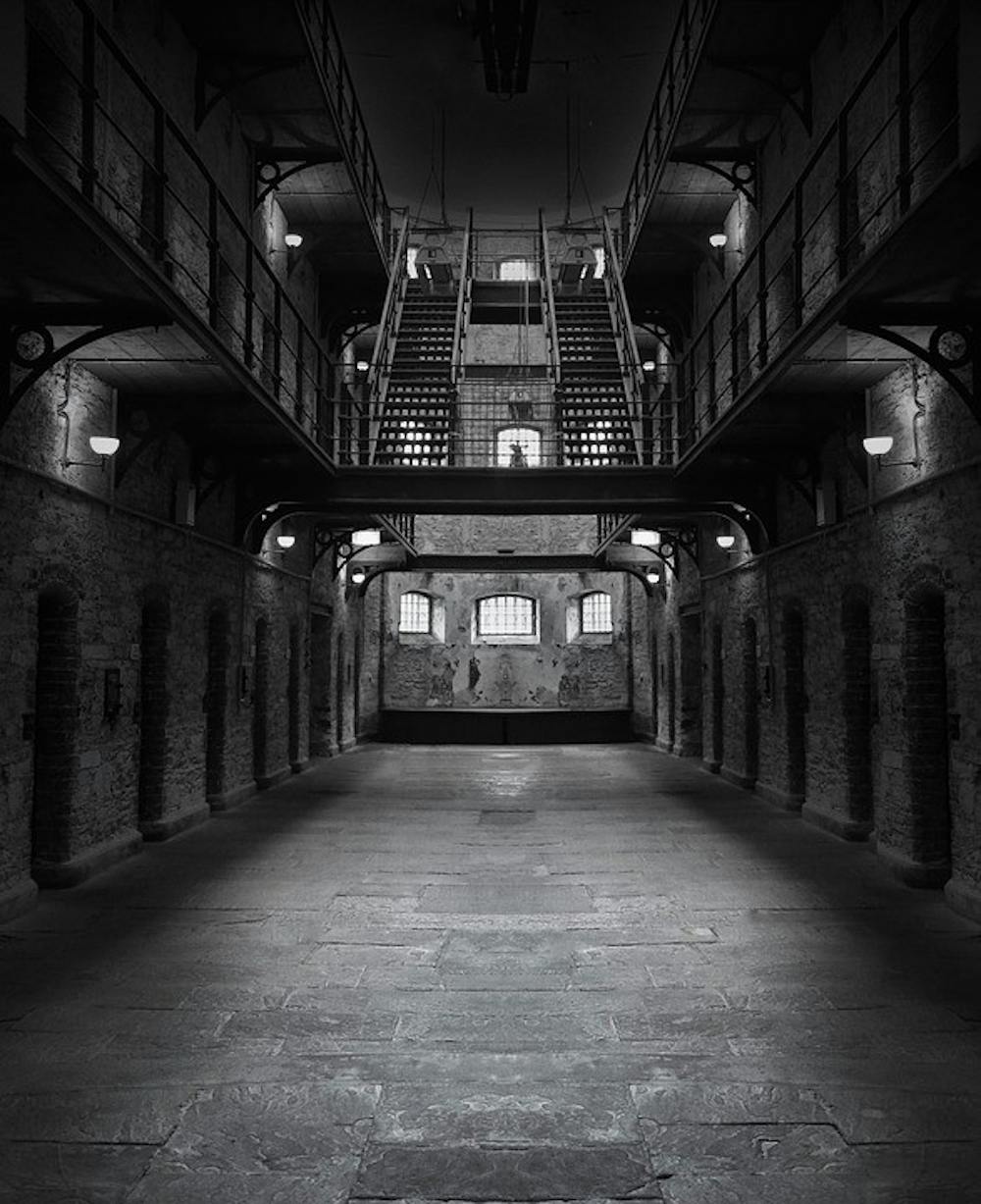Often in the movement for criminal justice reform the question is, “How do we reduce mass incarceration?” What if we asked, “How do we eliminate incarceration altogether?”
When someone talks about prison abolition, the first response is usually something along the lines of, “What about the violent people?” The recent conference Tracing the Violence, organized by Students for Prison Education and Reform (SPEAR), tackled that very question and changed the way I thought about abolition.
Abolition is not about closing every prison tomorrow and just releasing everybody. Rather, as Michelle Alexander put it, it is a “theory of change.” Abolition challenges us to imagine what a world without prisons would look like, and what it would take to get there. In other words, how do we solve the problems that prison responds to? How do we erase the need for prisons in the first place?
The United States has the highest incarceration rate in the world, locking up 716 per 100,000 people. We account for five percent of the world’s population, but 25 percent of the world’s incarcerated population. To many, these numbers are a familiar refrain, and indeed the push to end mass incarceration has become a mainstream position. But is it enough?
Much of the conversation about reforms to the criminal justice system focuses on decreasing penalties for nonviolent and drug offenses. For example, the recently passed bipartisan First Step Act — the first federal prison reform in nearly a decade — is very limited in scope. It will only allow for the release of about 7,000 of the approximately 2.3 million people incarcerated around the country. This is because it will only affect federal prisons, which account for fewer than 10 percent of the prison population, and only nonviolent offenders within the federal system. In state prisons, people convicted of violent crimes — a categorization that encompasses a wider range of offenses than you might expect — account for the majority of those incarcerated.
While reforms like this are positive steps, they are just that: small bits of progress. But to what end? Abolitionists like scholar and activist Ruth Gilmore argue that “debates over which individuals to let out of prison accept prison as a given.” She argues that this mindset will in practical terms allow the problem of mass incarceration to continue. Litigating who deserves mercy from the inhumane prison system implies that some people deserve to remain caged.
Debating who deserves freedom accepts the legitimacy of the system, and thus justifies the dehumanization inherent within it. But if we keep turning to incarceration as the solution to our problems, we will never solve the root issues, and the cycle of harm will continue.
What if we tried to alleviate the conditions that lead to crime? What if we committed to ending poverty in the richest country in the world? What if we approached substance abuse and mental illness as public health problems, instead of criminalizing them? What if we used new creative strategies to prevent violence? What if we invested in the education of every child?
James Forman, Jr., Pulitzer Prize-winning author of Locking Up Our Own, explained this idea, saying that abolition “is the idea that you imagine a world without prisons, and then you work to try to build that world.” Abolition is not simply the absence of prisons, but the presence of systems that support people so they never turn to crime or violence in the first place.
As the speakers at the SPEAR conference, many of whom had themselves experienced incarceration, attested, prison does not get us to a more just world. Responding to violence with state-sanctioned violence does not solve the issue; it merely models violence as a solution to problems. Throwing lives away does not cure the communities they leave behind; instead, it tells people their lives might not matter either. In many ways, incarceration exacerbates the problems it claims to solve, tearing apart families, disrupting communities, and destroying lives, even after people return home.
If you are interested in thinking more about this issue, want to make an impact in this space, or just want to learn more about the injustice of the prison system, SPEAR is a great community to get involved with on campus. Abolition may seem unrealistic or extreme at first, but the more you look into the criminal justice system, the more you realize that its entire premise is flawed.
Fyodor Dostoevsky wrote that “the degree of civilization in a society can be judged by entering its prisons.” Enter America’s prisons and it becomes clear that we are nowhere near as just a society as we claim to be. If we want to get closer to the values we idealize, we should rethink whether incarceration is the answer at all.

Julia Chaffers is a first-year student from Wellesley, Mass. She can be reached at chaffers@princeton.edu.








